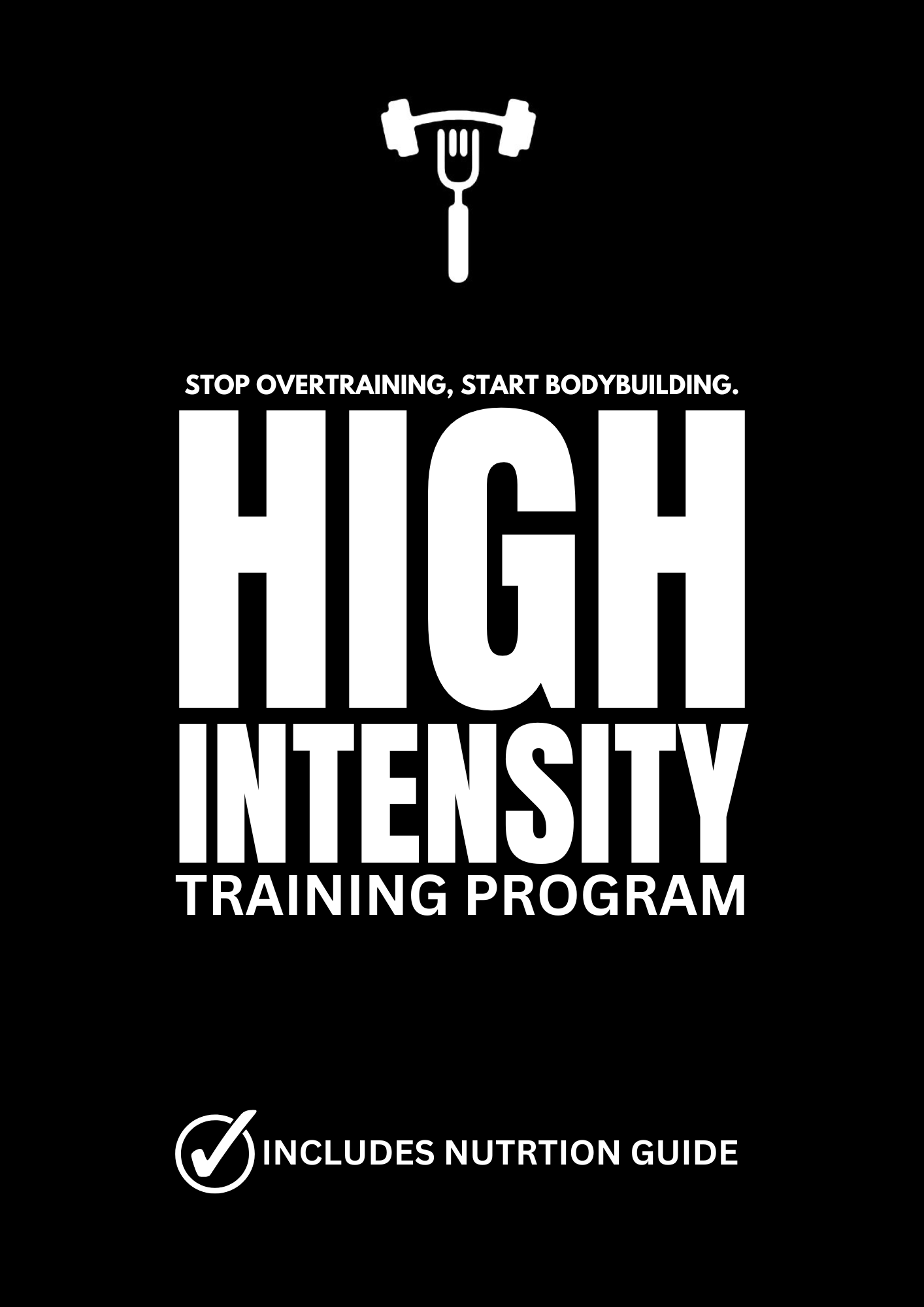Train Less and Build More Muscle

In the realm of bodybuilding and strength training, the concept of "more is better" has long been ingrained. However, Mike Mentzer, a prominent figure in the fitness industry, challenged this notion with his revolutionary approach to training. Central to his philosophy is the idea that exercise must be intense, brief, and infrequent to yield optimal results. This approach, famously known as the Heavy Duty Training Method, has garnered attention for its efficiency and effectiveness in building muscle mass while minimizing time spent in the gym.
At the core of Mentzer's Heavy Duty Training Method is the principle of intensity. Rather than spending hours upon hours in the gym, Mentzer advocated for shorter, more focused workouts that push the body to its limits. By emphasizing high-intensity training, individuals can stimulate maximum muscle growth without overtaxing the body or risking injury.
One of the key tenets of Mentzer's approach is the concept of "progressive overload." This involves progressively increasing the intensity of workouts over time to continually challenge the muscles and promote growth. Rather than relying on high volume or excessive frequency, Mentzer believed in pushing each set to the point of momentary muscular failure – the point at which the targeted muscle group can no longer complete another repetition with proper form.
By performing fewer sets with heavier weights and focusing on reaching failure, individuals following the Heavy Duty Training Method can stimulate muscle growth more efficiently. This approach not only saves time but also allows for adequate recovery between workouts, which is essential for muscle repair and growth.
In addition to intensity, Mentzer emphasized the importance of brief and infrequent training sessions. Workouts are kept short and focused, typically lasting no more than 30 to 45 minutes. This ensures that individuals are able to maintain high intensity throughout the entire session, maximizing muscle stimulation without unnecessary fatigue.
Furthermore, Mentzer recommended longer rest periods between workouts to allow for optimal recovery. This means training each muscle group only once every 5 to 7 days, allowing ample time for muscles to repair and grow stronger.
While Mentzer's Heavy Duty Training Method may seem counterintuitive to traditional approaches to exercise, its effectiveness is supported by both anecdotal evidence and scientific principles. By prioritizing intensity, briefness, and infrequency, individuals can achieve significant gains in muscle mass and strength without sacrificing time or risking burnout.
In conclusion, Mike Mentzer's Heavy Duty Training Method challenges conventional wisdom by advocating for intense, brief, and infrequent workouts. By focusing on high-intensity training and allowing for adequate recovery, individuals can maximize muscle growth and build a stronger, more resilient physique. So, for those looking to train less and build more muscle, embracing the principles of Mentzer's approach may be the key to unlocking their full potential in the gym.

